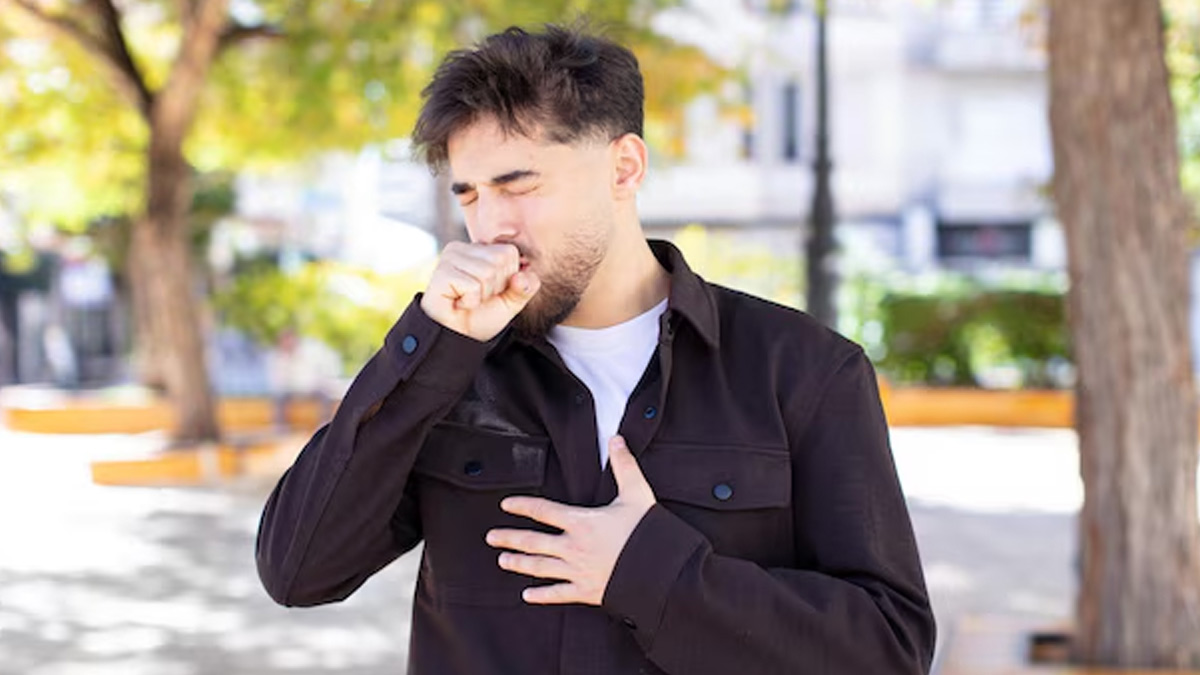Don't Take A Bee Sting Lightly; Here's Why And Steps To Take Immediately
Published 10 hours ago• 3 minute read
Doctor Verified
A bee sting is usually harmless; however, in people who are – knowingly or unknowingly – allergic to insects, it could prove life-threatening. Here’s why you shouldn’t take bee stings lightly and take immediate action.

While most bee stings cause only temporary pain and swelling, the real danger lies in the possibility of a severe allergic reaction known as anaphylaxis.
According to Dr Jain, anaphylaxis is a life-threatening emergency that typically develops within minutes of a sting. Key symptoms include:
Top Stories
If not treated immediately, usually with an injection of epinephrine (adrenaline), anaphylaxis can be fatal. This is why people with known insect sting allergies are often advised to carry an epinephrine auto-injector (EpiPen) and seek emergency care after a sting.

Most bee stings cause mild reactions, which cause discomfort but aren't usually dangerous. These symptoms are usually limited to the area around the sting and may include:
On the other hand, a serious allergic reaction, or anaphylaxis, is a medical emergency. While it often develops within minutes of the sting, it can sometimes be delayed by an hour or more. Warning signs include:
According to Dr Jain, some people are more at risk of serious complications from bee stings and should take extra precautions. These include:
People with a known bee sting allergy: Especially those who have experienced a systemic reaction in the past. Each new sting increases the risk of another reaction.
Individuals with other allergies or asthma: Those with uncontrolled asthma are particularly at risk, as their respiratory symptoms can worsen significantly during a reaction. They may also have an overactive immune response, making them more prone to severe allergic reactions.
People with frequent exposure to bees: gardeners, farmers, landscapers, and hikers are at higher risk due to their regular presence in bee-prone environments.
Children and older adults: While children often experience only local reactions, if allergic, their symptoms can escalate quickly. Older adults, on the other hand, are more likely to suffer systemic complications, especially after multiple stings, and may have underlying health issues that increase the risk.

Some of the key steps to take after a bee sting include:
Dr Jain shares essential precautions for individuals at risk of severe allergic reactions:
- Stay away from flowering plants, bee hives, or areas where contact with insects is likely.
- Wear light-coloured clothing and avoid bright colours or floral prints, which attract bees and wasps.
- Keep food and drinks covered when outdoors.
- If a bee approaches, do not swat it; stay calm and move away slowly.
- Let friends, family, and coworkers know about your allergy.
When it comes to a bee sting, we usually deal with the discomfort and ignore it. However, for someone with an insect allergy, being stung by a bee can be life-threatening. That is why it is so important to know the signs, act quickly, and always be prepared. As Dr Jain reminds us, being aware of your body, keeping emergency medication on hand, and letting the people around you know what to do can make all the difference and even save a life.
Loading...
Loading...








-1751026597774.jpg)




